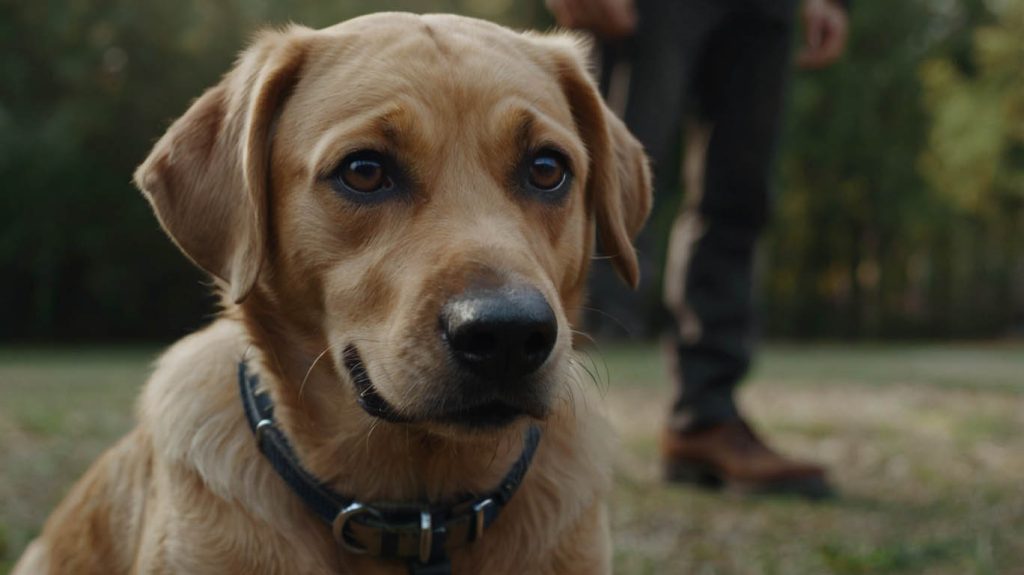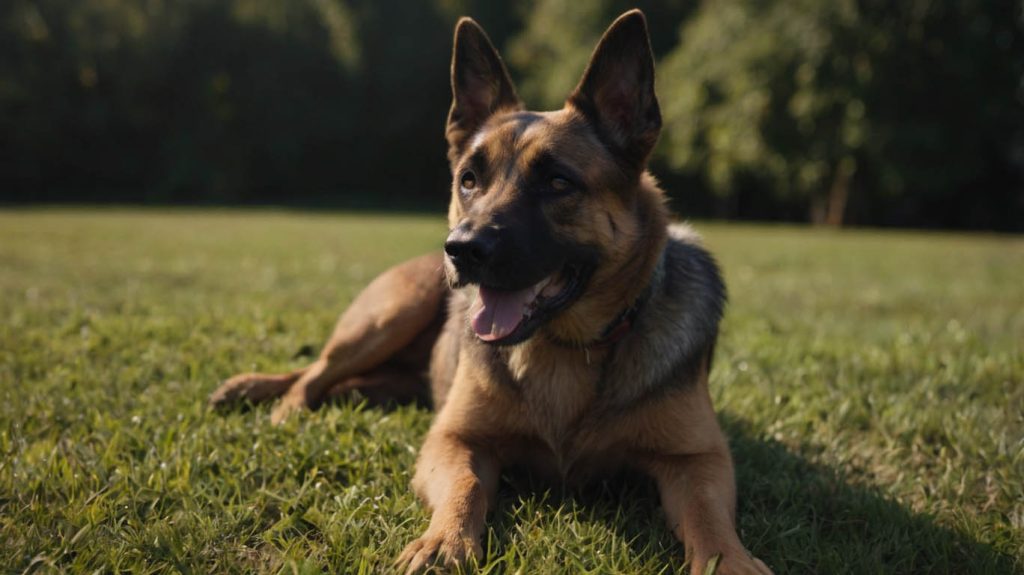Every well-behaved dog starts with a solid “Sit.” Whether you’ve just adopted a pup or you’re working with an older rescue, learning how to teach a dog to sit on command is the first step to building lifelong obedience.
But don’t worry—this isn’t complicated. With a handful of treats, a little patience, and the right techniques, your dog will be sitting on cue in no time. In this guide, we’ll explore step-by-step methods, practical tips, a real-life case study, and the key reasons why this one command matters more than you might think.
Why “Sit” Is the Foundation of Dog Training
Let’s face it—dogs are naturally curious and impulsive. They jump on guests, bolt through doors, or bark for attention. But when your dog knows how to sit on command, you gain a tool to redirect energy and establish calm.
Understanding how to teach a dog to sit on command provides more than obedience. It builds focus, trust, and communication between you and your pup. In fact, most trainers agree: if you teach only one command in the beginning, make it “Sit.”

How to Teach a Dog to Sit on Command: Step-by-Step
Step 1: Get Your Dog’s Attention
Start in a quiet environment. Say your dog’s name in a cheerful voice to capture their focus. If they look at you, praise gently. If not, try holding a treat near their nose to bring them in.
This sets the stage. Without attention, no command will stick.
Step 2: Lure Them into the Sitting Position
Hold a small, tasty treat close to your dog’s nose. Slowly move your hand upward and slightly backward over their head. As they follow the treat, their bottom will naturally lower to the floor.
The moment their rear touches the ground, say “Sit” clearly and reward immediately.
Step 3: Repeat and Reinforce
Repeat the process 5–7 times in a row. Keep sessions short—under 10 minutes. Practice 2–3 times daily for a few days, always ending with praise or play.
This routine helps lock in the behavior, making how to teach a dog to sit on command feel natural for both of you.
Tips to Strengthen the Sit Command Quickly
Use High-Value Treats to Motivate
Not all treats are equal. During initial training, use something your dog loves—cheese, chicken, or store-bought training treats. These boost engagement and make learning exciting.
Pair a Hand Signal with the Verbal Cue
Using a visual cue—like raising your palm or pointing downward—reinforces the word “Sit.” Dogs are highly responsive to body language, so pairing a gesture with the command creates a stronger association.
Practice in Different Locations
Dogs don’t generalize commands automatically. Just because they sit in the kitchen doesn’t mean they’ll do it in the park. Practice in your backyard, driveway, or at a friend’s house to improve reliability.
A True Training Story: How Luna Learned to Sit
Luna was a hyper 10-week-old Husky puppy who never stopped moving. Her owner, Rachel, tried leash control and basic commands, but Luna ignored them all—until she started focusing on how to teach a dog to sit on command.
Rachel began with five-minute sessions, using boiled chicken as a reward. Within three days, Luna sat on cue in the kitchen. Within two weeks, Luna could sit during walks and even at the front door when visitors arrived.
Rachel says, “Teaching Luna to sit was the game-changer. Once we nailed that, everything else got easier.”

How to Teach a Dog to Sit on Command with Positive Reinforcement
Why Positive Training Works Best
Yelling or pushing your dog into a sitting position can create confusion or fear. Instead, reward the behavior you want. Dogs repeat what works—and that’s why treats, toys, and praise are more effective than punishment.
Use a Clicker to Mark the Behavior
If you’re using clicker training, click the moment your dog’s rear touches the ground, then give the treat. This sound becomes a precise marker that helps your dog understand exactly what earned the reward.
Fade the Treats Gradually
Once your dog responds consistently, begin phasing out treats. Reward every other sit, then once every few sits. Eventually, your dog will sit for praise, toys, or simply because they know it’s expected.
What Not to Do When Teaching “Sit”
Learning how to teach a dog to sit on command also means avoiding these common mistakes:
- Don’t repeat the word “Sit” over and over. Say it once, wait. If they don’t respond, use the lure again.
- Don’t force their bottom down. It can cause discomfort and breaks trust.
- Don’t train when your dog is tired, hungry, or distracted. Set them up for success.
Teaching “Sit” in Real-Life Scenarios
| Situation | Why Sit Works |
|---|---|
| Before crossing roads | Prevents pulling and improves focus |
| Greeting guests | Stops jumping and adds control |
| Mealtime | Creates calm before feeding |
| During walks | Resets behavior and keeps attention |
| Vet visits | Reduces anxiety and impulsiveness |
Each of these situations benefits when your dog knows how to sit on command immediately and reliably.
FAQs About How to Teach a Dog to Sit on Command
What age can I teach my dog to sit?
Start as early as 8 weeks old. Puppies are like sponges during this phase.
How long does it take to teach “Sit”?
Most dogs learn the basics within 2–3 days with daily practice.
Can older dogs learn “Sit” too?
Absolutely. Age doesn’t limit learning—just be patient and use motivation wisely.
Should I use a leash during training?
For high-energy dogs, yes. A leash can help guide their focus during early sessions.
Can I use toys instead of treats?
Yes! If your dog is toy-driven, using a favorite ball or tug toy can be just as effective.
Is “Sit” useful for other commands?
Definitely. It forms the basis for “Stay,” “Wait,” and “Come,” making your training foundation stronger.
Conclusion: Sit Is the First Step to Total Obedience
Mastering how to teach a dog to sit on command opens the door to everything else. It builds attention, earns respect, and creates calm in chaotic situations. Whether you’re teaching a tiny pup or a 5-year-old rescue, the method is the same: be patient, be positive, and be consistent.
So, grab those treats, clear some space, and enjoy the journey. In just a few sessions, your dog will be sitting confidently—and looking at you like the best trainer in the world.


